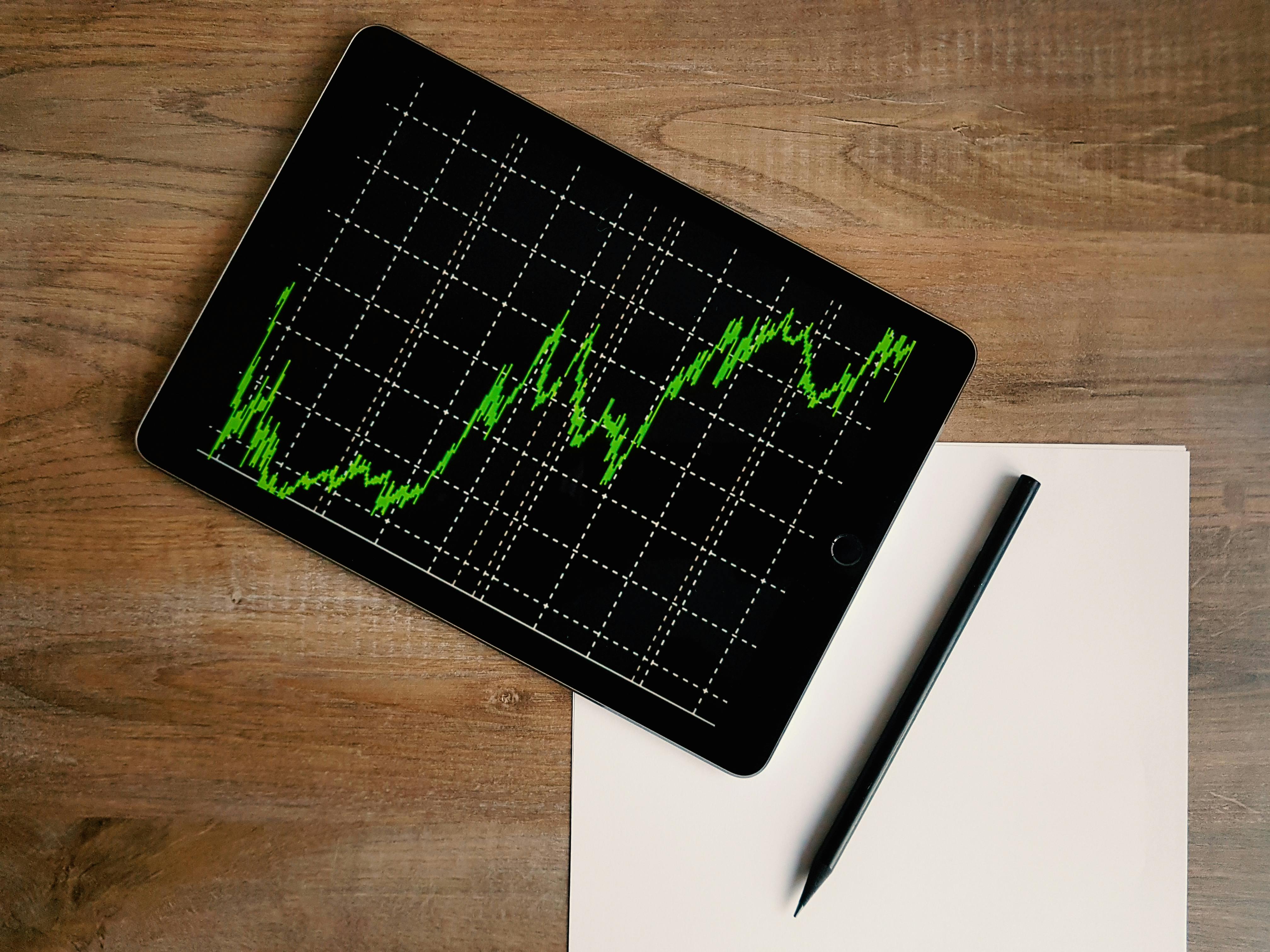
Commodity Futures and Options Trading: Money Management, Risk, and Trading Logic, PART 3
admin
- 0
Possibly the most important aspect of getting the trade right is survival. This is number one. Without surviving the bad times we are gone, without hope. Money and risk management may seem like boring topics, but read on to see just how exciting they can be once you learn the specific reasons and logic behind their use. You may never trade the same way again!
Buying commodity options can be difficult for beginners. Some watch a TV speech about getting rich in gold or heating oil. They load up their entire account buying out-of-the-money options, lose all their trading capital through premium erosion, and then curse the market. They do not consider that in order to survive they must prepare for the inevitable series of losses when they operate with 10% accuracy. We need to survive long enough to be around when that 10% option winner hits big. The other 90% will lose simply because of the probability of the method used.
In this case, it means dividing our trading capital into at least twenty parts in order to survive the chain of losses that probability will surely bring our way, over time. It’s all about surviving and knowing what type of commodity trade we are doing so that we can adjust the money risked on each trade. If we are trading with 10% accuracy (call option) and expecting to make money in the first 3-4 trades, that is pure arrogance.
Then there are some commodity options traders who will overload themselves by buying large option positions and are willing to let them erode, taking a total loss of 100% of the total account. They have no plan to exit if the market does not act correctly. It is not a good idea. However, some buy a commodity option and use their total loss as a stop loss itself. That is acceptable ONLY if you do it with small positions. But the sad thing is that when these guys get just double the option price, they call it a big win and take it. Pure madness!
How can one be willing to lose their entire investment and at the same time make small profits while still trading with 10-20% accuracy? The results are predictable. They lose constantly. Their excuse is that the analysis is bad, or the commodity markets are bad, or they should have entered another trade instead. You can point them to the math, but they don’t understand it. No matter what they do, the result will remain the same unless money management changes are made. By the way, one definition of insanity is doing the same thing over and over again expecting different results. (smile)
The bottom line is that if your commodity trading method generates an average of 20% (at best) accuracy by design, as is often the case with buying out-of-the-money options, you better be looking at your average profits. four times greater than their average losses. And this is just to break even without counting commissions, bid-offer spreads, and slippage! This means that if you think a loss of $2,000 is prudent, you’re better off averaging gains of $8,000 to break even. Just to break even!
You need to sit on your hands and let profits run when buying options. This is long term where things even out over time. In the short term, you may trade better or worse, but over time, probability will put you where you spend most of your time. With a $10,000 account, if you make $2,000 in profit and $2,000 in loss trading with 20% accuracy, you’ll probably be out of the commodity options business in less than ten trades. This may sound like fiction, but believe me, many new traders do exactly this, thinking that they will win in the end.
Part Four of Five Parts – Next!
There is substantial risk of loss in futures and options trading and may not be suitable for all types of investors. Only risk capital should be used.

